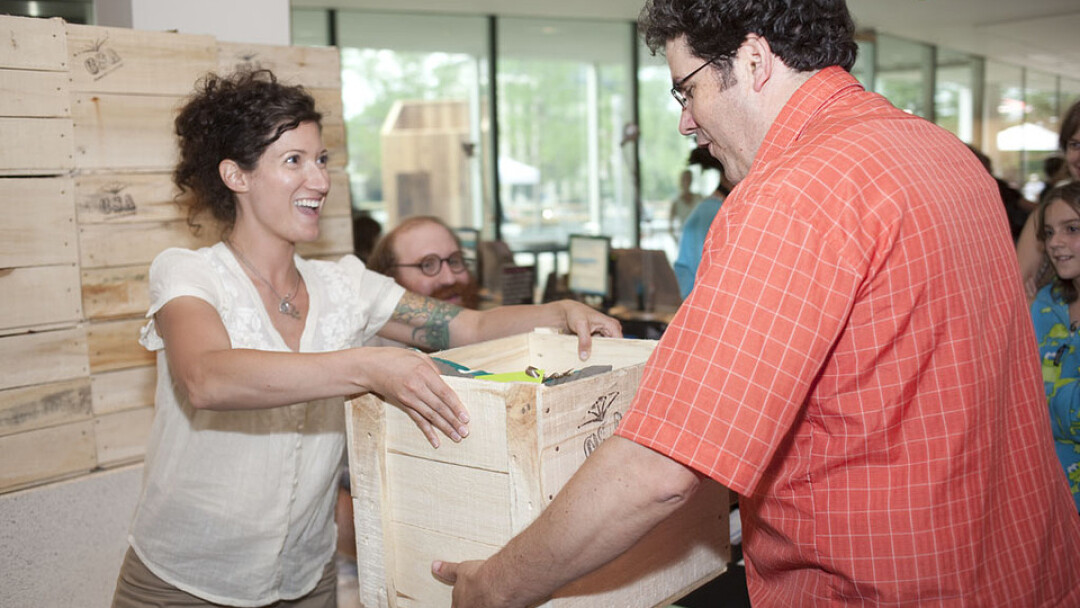Could a 'Community Supported Arts' initiative work here?

A recent New York Times article discussed an interesting new spin on community-supported agriculture (CSA) programs and an organic alternative to commercial art galleries. CSAs allow consumers to receive food directly from local farmers through purchasing shares. Over the past 25 years this has been become a common and successful way for communities to support local agriculture. The concept has been so successful, in fact, that four years ago St. Paul nonprofit Springboard for the Arts, along with mnarts.org, applied the same formula to another precious commodity … art.
In the past few years community-supported arts (also CSA) programs have been emerging in places like Pittsburgh, Miami, Brooklyn, Lincoln, Fargo and Philadelphia. They all work in the same way as traditional CSAs, only instead of produce, shareholders receive sculptures, prints, ceramic pieces, paintings and even poetry. More specific programs have even been popping up like the folk-art CSA in Philadelphia, the performing-arts CSA in Pittsburg, and even a combined art-food CSA in Michigan. The first season for St. Paul was back in 2010.
The goal of these self-supporting art programs “is a deeper-than-commerce connection between people who make things and people who buy them.” Artists are chosen by a jury to produce a small work for each share, which typically range from $50-500, and are then paid with the share money. This provides “a means of helping emerging artists and attracting people who are interested in art but feel they have neither the means nor the connections to collect it.”
With the success of community-supported agriculture programs in the past and the abundance of local artists, the Chippewa Valley could no doubt benefit from a self-supporting art program such as these. It’s just a matter of someone stepping in and taking the initiative. Oh look, here's how to do it.




















